World of Warcraft turns 15: Looking back on the MMO's journey to WoW Classic with Technical Director Patrick Dawson
World of Warcraft Technical Director Patrick Dawson on the state of the game in its 15th anniversary
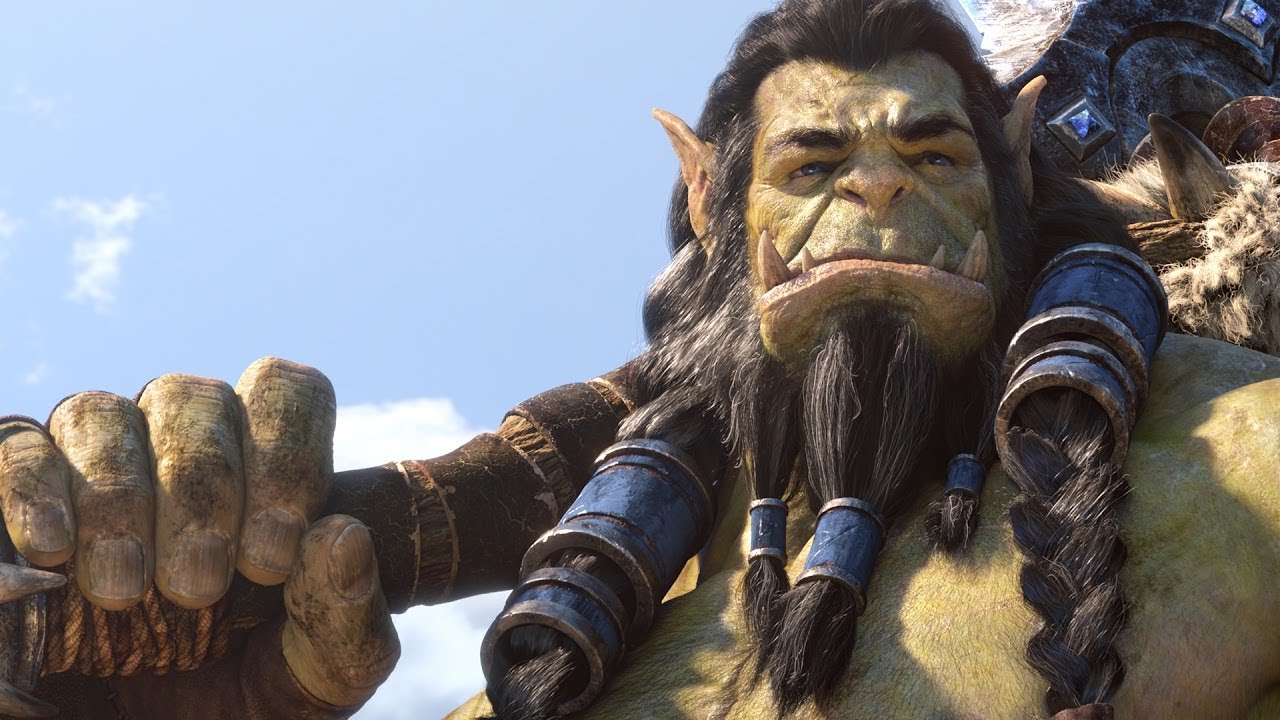
Where were you on the night of November 23, 2004? Asleep? Intoxicated? In utero? Or, like thousands of others that night, were you sat at your Windows XP desktop, awaiting the gates of Azeroth to finally open and allow you to begin an adventure that millions more are still embarking on to this very day? Even as a longtime World of Warcraft fan, I'm sadly unable to make such a humble brag, but Patrick Dawson – Technical Director on the almost 15 year old MMO at Blizzard Entertainment – remembers his first login like it was yesterday.
"I had a group of friends that had played prior games together, and we all had picked the same server to play on for launch night. When the time came, we logged in, and tried to play and form a guild as soon as possible, but that server was having a lot of trouble... so we immediately switched to a different one within 24 hours and started our journey there!"
"It was so interesting at the time," Dawson continues, "because the very first choice you're presented with on launch day is Alliance or Horde, and my guild was evenly split amongst the two, and eventually it came down to the fact that most of our druids wanted to be a Night Elf! It was a very fun moment to just get in there and start discovering and exploring for the very first time."
Fast forward 12 months later, and Dawson has joined the World of Warcraft team at Blizzard as a Software Engineer, supporting the release of every expansion since. Now that the hit MMORPG itself is nearing such a milestone anniversary in November, Dawson offers us his unique perspective on the game's history over the last 15 years, looking back at its highs and lows while revealing what its been like to bring World of Warcraft Classic to the fans as part of the birthday celebrations.
Horde mentality
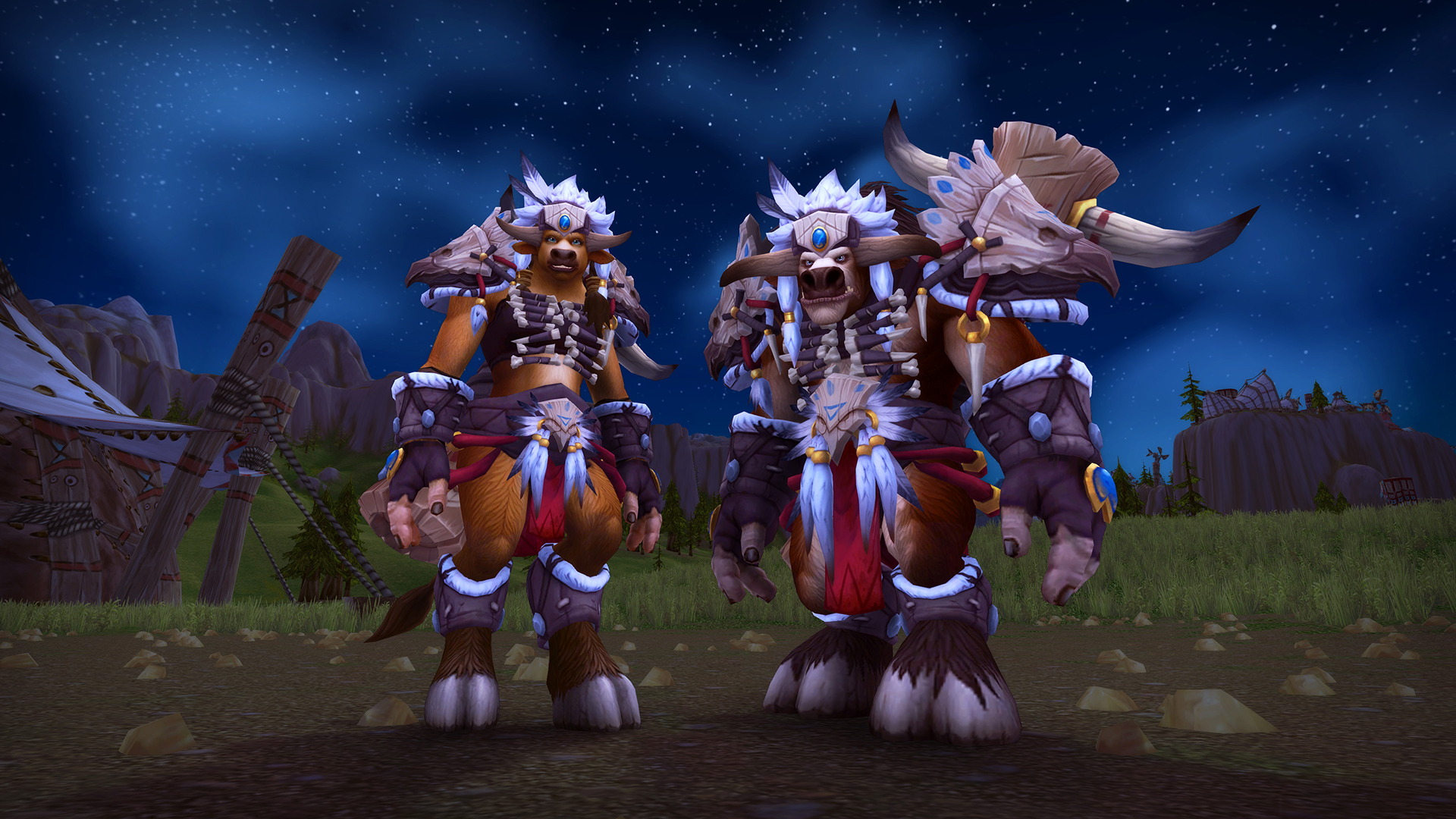
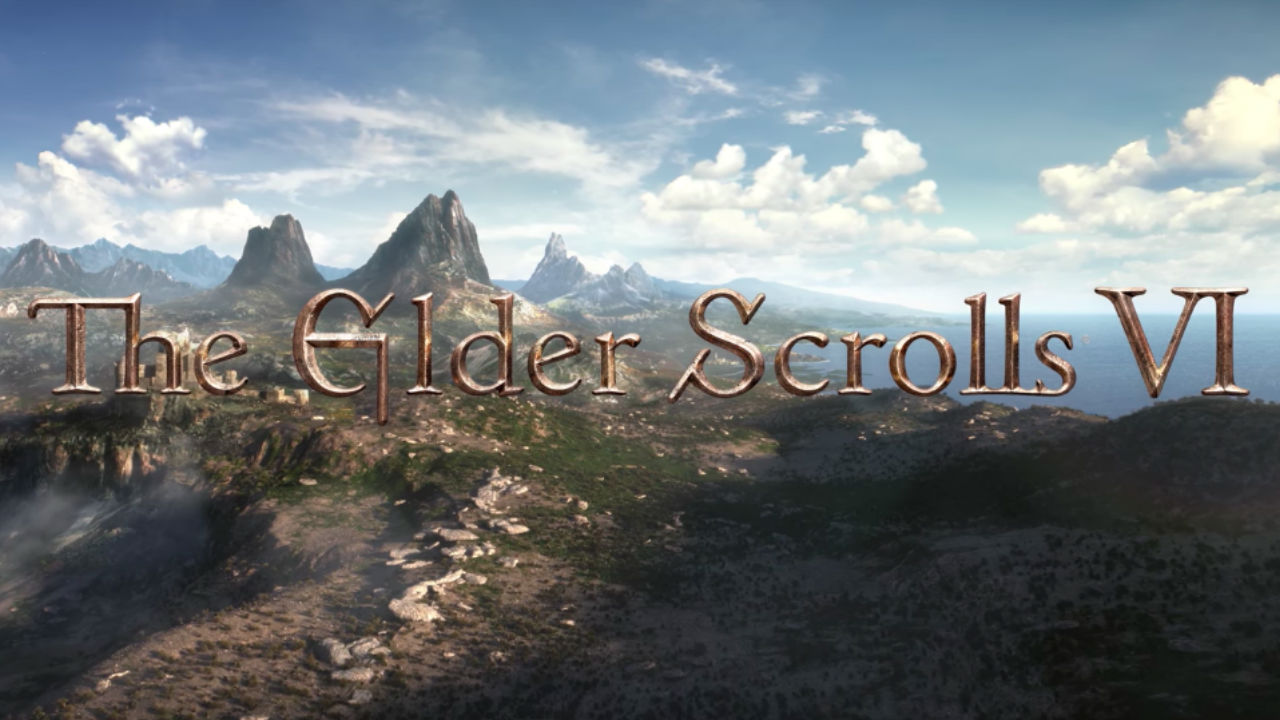
The biggest and best new games of 2019 (and beyond)
"World of Warcraft has held onto several core pillars throughout its entire lifespan," says Dawson, when asked about what has kept the game so beloved after all these years. "Things like Dungeons, Raids, Quests, PvP, and so on. At the same time, it's been important to us to make sure that these pillars maintain their freshness and evolve over all this time. So that's where you see us do things like Challenge Mode for Dungeons in Mists of Pandaria, for example, which is an awesome evolution to something players love, and then later on we did Mythic+ Dungeons, which was a pretty major hit."
"Being an avid player as well really gives me the inspiration to come into work and ask myself 'What do I want to do with WoW today? How can I make this game more fun for folks like me?' I think a lot of our developers feel that way too, and with such a diverse team we get a pretty good representation of how people play in the community, and we're all just trying to stay in tune with that and continue to evolve this game into what you see today."
Close to celebrating his own quindecennial anniversary with Blizzard himself, Dawson has witnessed first-hand the way in which the studio has shifted its development approach to supporting World of Warcraft, while also cultivating his fair share of memories and personal highpoints from working on the game. One that he shared with me involves none other than Jeff Kaplan, now lead designer on Overwatch.
Sign up to the GamesRadar+ Newsletter
Weekly digests, tales from the communities you love, and more
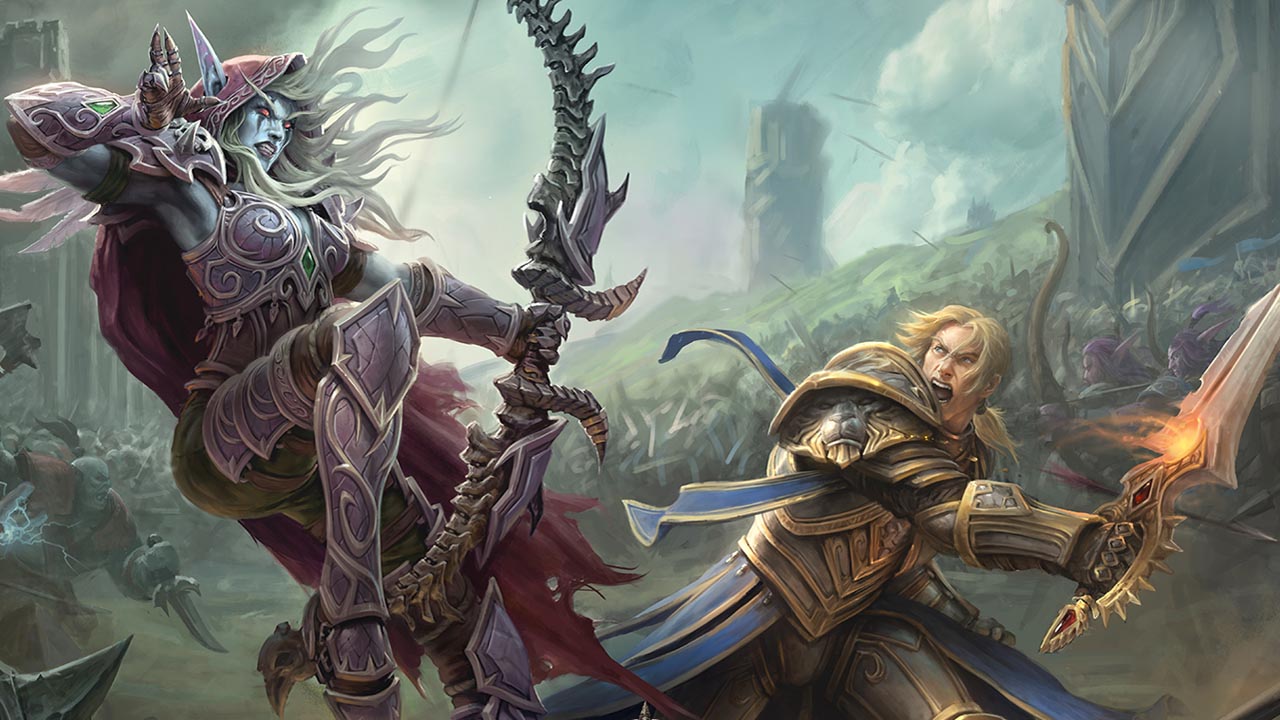
"I got to work very closely alongside Jeff to write World of Warcraft's Achievements system back in 2008. The original vision for that was very simple, with a list of about ten Achievements, but – at the time – I wondered what it would be like if we could track almost anything in the game. Jeff thought that would be awesome, so I came up with a plan to write the architecture behind it, and he just went nuts with the thing, which is why we shipped with around 1500 Achievements at launch! It was a really cool moment, not just from a personal perspective to work on, but as a way to add additional versions of directed gameplay into WoW."
As for some of the big picture (real life) achievements that Dawson is most proud of, it's something that a lot of long term World of Warcraft players will be able to relate to; the gradual rollout and streamlining of cross-realm technology over recent years that has allowed users to party up or show down together, regardless of the server from which their character originated.
"When you first started in 2004, the only people you could ever play with were those that were on your individual realm. That's tough. I have a lot of different friends and they all play on different servers, so I would either have to make a new character and spend tens of hours levelling up to play with them, or just miss out on that opportunity. Over time, as we evolved how the game works and the tech behind it has allowed us to actually opened up those worlds and connect more people together. That's been really good to see."
Nothing beats the classics
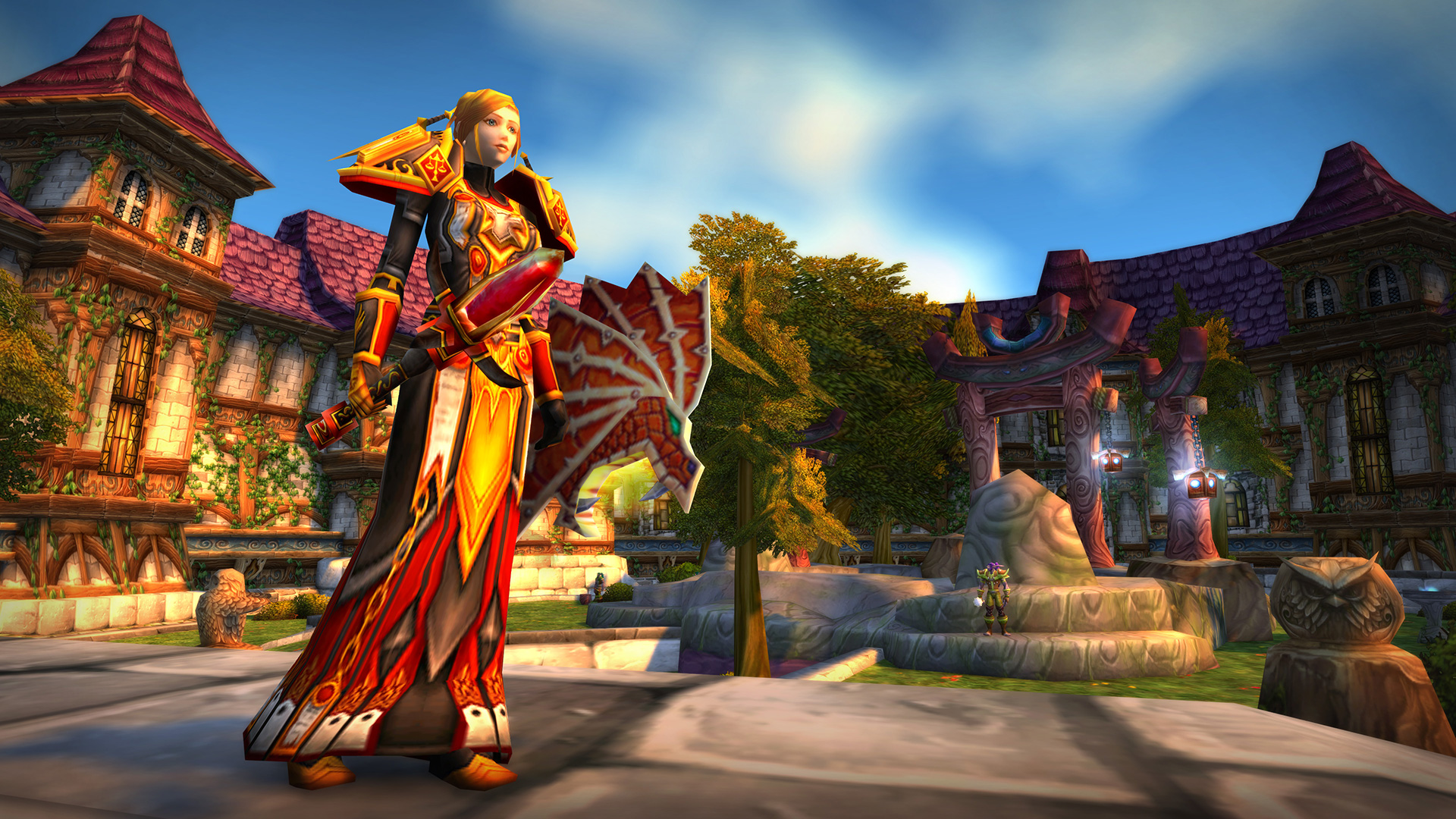
It's no coincidence that Blizzard is releasing World of Warcraft Classic - the hotly fan request "vanilla server" of the game that rewinds time all the way back to version 1.12 from 2004 - in this milestone year for the franchise. For Dawson and the rest of the team working on Classic, digging back into the old client and restoring it for modern eyes has been a curious exercise in self-reflection, marked by careful consideration of the designs made by studio at that time, and weighing up the decision to change them, or keep them exactly as intended.
"It's been enlightening to see some versions of our design philosophies that existed back in 2004."
"It's been enlightening to see some versions of our design philosophies that existed back in 2004," Dawson admits. "Every change since has been made very thoughtfully, and it always comes from a good place, but you can't always predict both the positive and negative things that come out as a result. Sometimes you get happy accidents and other times things that don't work out as well as you'd like, but Classic WoW has retaught us some things about the game's core pillars, and where we may have varied too much from them. Now we can look at that and ask how can we make modern WoW better in light of those lessons and the fifteen year's worth of info that we have now about what our players enjoy."
In anticipation of its August 27 release, select players have been enjoying closed beta access to Classic, but Blizzard has already had to come out and clarify that a number of reported bugs are actually features of the original 1.12 experience, to the point where the studio has had to release a "Not a Bug" list that is continuing to grow with every newly mistaken report. Dawson admits that the team expected this kind of reaction from Classic's release into player's hands, joking that "people have rosy memories of the original game.
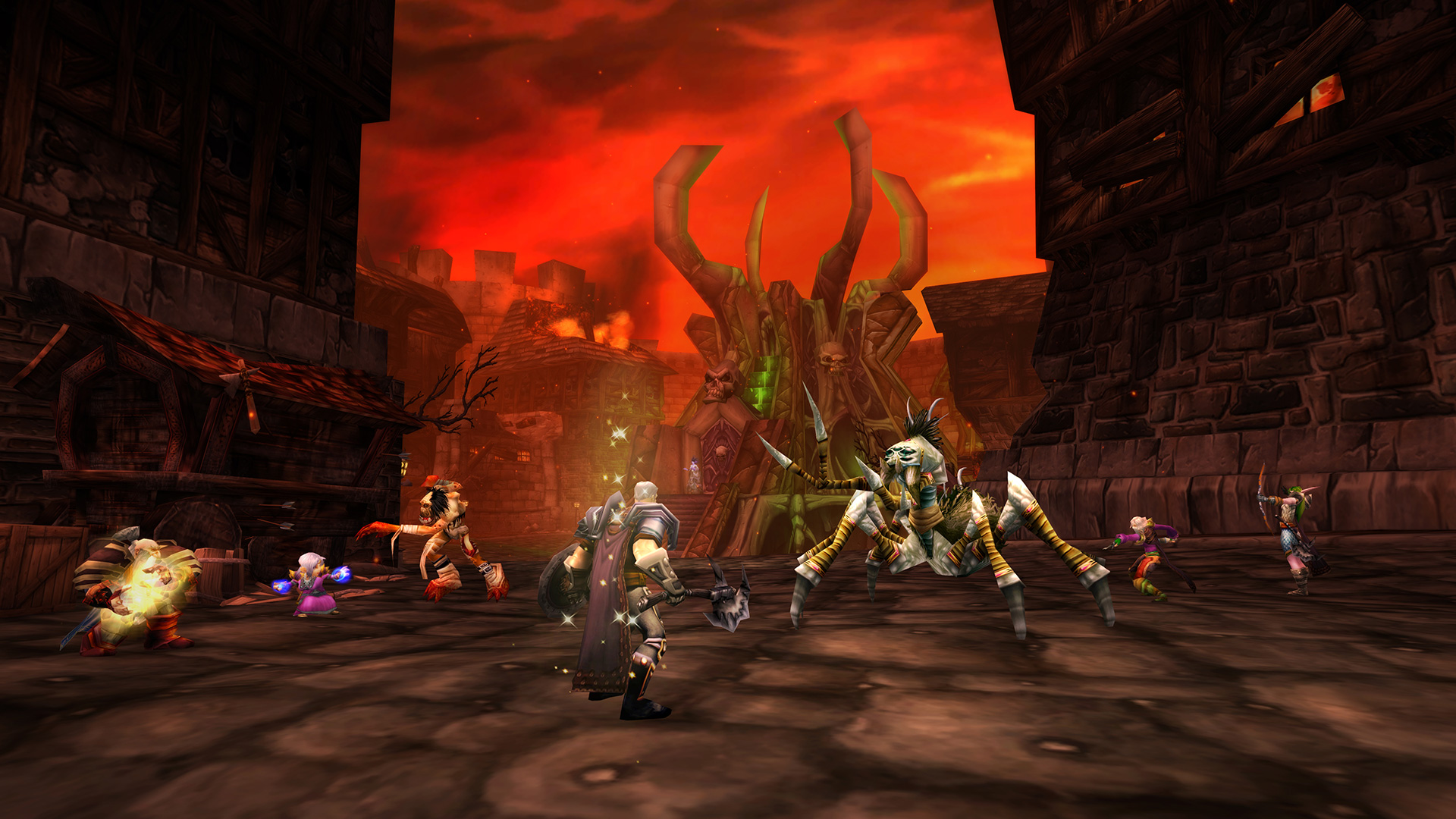
"We want to hit that nostalgia for players, but it's also very important for us to be authentic to the Classic experience, so we were always going to have all those warts and scars that you might see. I think there'll be more situations like that once the game releases, but what's important is that we treat each report seriously. We've done lengthy investigations to determine if something in our beta is not consistent with the 1.12 release build, and we've come back and changed it if it hasn't."
"The ultimate thing is that if it affected the gameplay, we would always go to what the classic version of the decision was," Dawnson tells me. "A good example is the ability to chat with friends via the Battlenet interface; that doesn't affect how you play the game, so we might as well keep that. We wanted to be true to the spirit of Classic WoW so that was really the decision making process pillar around adding features back into that game."
Year 15 is just the beginning
When you've been working on a game for close to a decade and a half, you'd think you would have run out of things to do, but Dawson jokes that "there's always a bucket list" of new content, gameplay systems, and quality of life fixes he wants to bring to World of Warcraft to make it even better than it is today. In fact, in a way, WoW is one of the oldest and most successful examples of the games-as-service model that publishers are currently obsessed with replicating, proving that Blizzard has long been ahead of the curve on that front. Even with reports of its dwindling player count, few games – if any – can say that they have maintained a player base in the millions for fifteen years and counting.
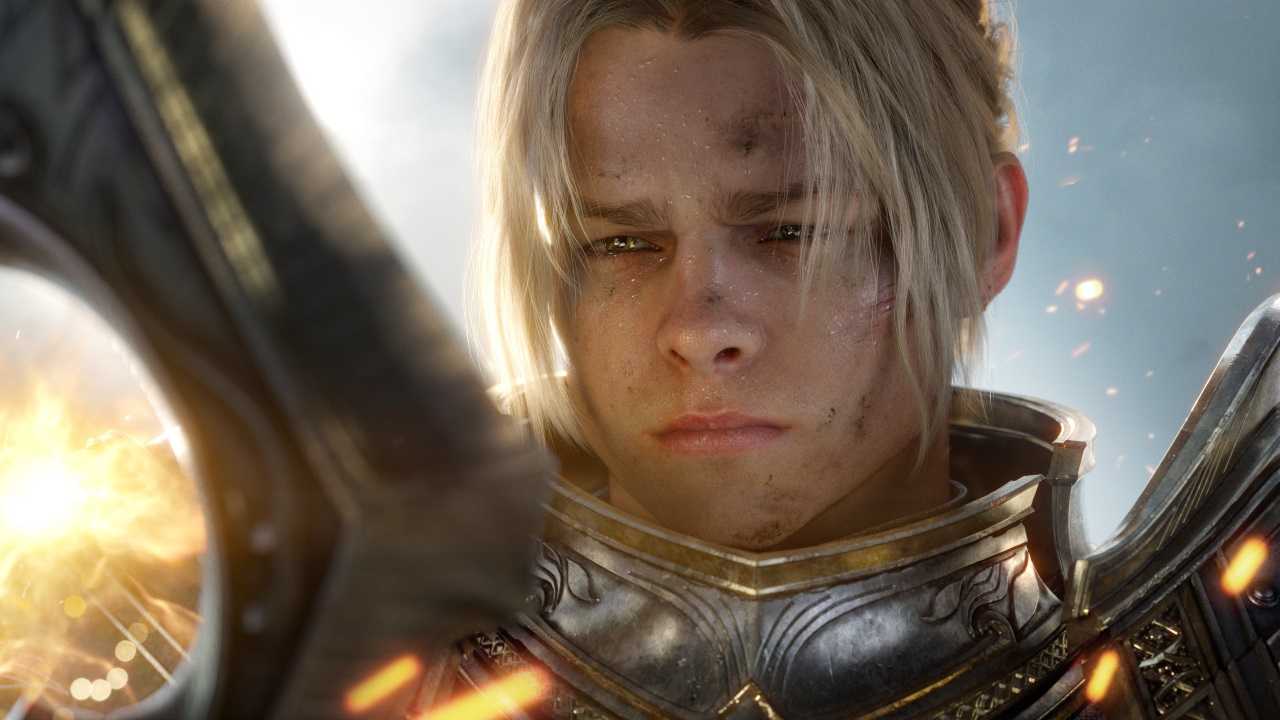
When you've been working on a game for close to a decade and a half, you'd think you would have run out of things to do, but Dawson jokes that "there's always a bucket list" of new content, gameplay systems, and quality of life fixes he wants to bring to World of Warcraft to make it even better than it is today. In fact, in a way, WoW is one of the oldest and most successful examples of the games-as-service model that publishers are currently obsessed with replicating, proving that Blizzard has long been ahead of the curve on that front. Even with reports of its dwindling player count, few games – if any – can say that they have maintained a player base in the millions for fifteen years and counting.
"I love that we've led the charge for years," agrees Dawson. "One of the things that I always admired about Blizzard, even before joining, is that every game we ever made was multiplayer first. That wasn't something that was common back in the early 2000's, but our company understood the potential of online from very early on, which is something that many others are still catching up with even now. So now that we're in this place where that's commonplace, we're working hard to make sure that we're leading in other ways about things like content and how we deliver that out to players."
As for the future of World of Warcraft itself, it's unlikely that a sequel is happening anytime soon, as Blizzard instead doubles down on its approach to supporting a game that's proven to be more than capable of adapting to core players' needs while staying true to itself amidst the flurry of an ever-changing industry. In fact, Dawson believes that – fifteen years from now – WoW will still be here, reflecting the studio's confidence in its flagship property.
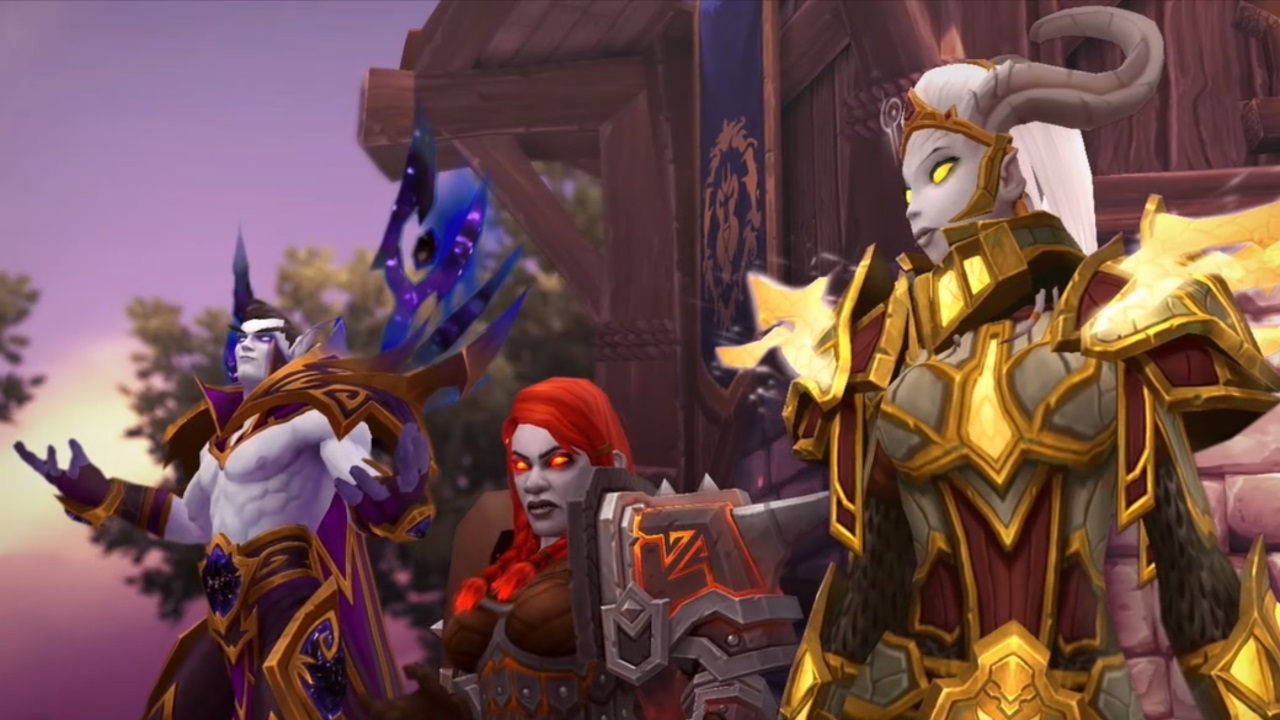
"I love how we have been really doubling down on those core pillars of WoW, and I can't wait to see what the next evolution of that philosophy looks like. We're going to try a lot of cool things moving forward, and we'll see what sticks and what doesn't, but ultimately what makes the game special is the chance to play with a large community where you feel like you belong, where you're one of millions experiencing this world together. I'm super excited to see that world 15 years from now, and look back on those changes we've made all over again like we're doing with WoW Classic right now."
While I can't quite meet Dawson's level of certainty that World of Warcraft will still be with us in 2034, many people would have said the same thing back when the game first launched, and look where we are now. For years, the dominant narrative around WoW has been its continued decline, but take a closer look, and you'll soon find an experience that's merely adapting to the desires of its core, undying base of lifelong fans, especially as Blizzard continues to rediscover why so many took to Azeroth in the first place.
World of Warcraft is still one of the most impressive success stories of our industry, and will continue to be until the yet to revealed 'WoW killer' comes along (which, arguably, will be never). As a wise Elven Druid once said to me after one too many virtual pints of mead in Stormwind's Pig & Whistle tavern, most things in life are temporary, but Warcraft is eternal.
For more, check out the best MMORPG games to play right now, or watch our Dialogue Options video below for a further exploration of open world games.
I'm GamesRadar's Features Writer, which makes me responsible for gracing the internet with as many of my words as possible, including reviews, previews, interviews, and more. Lucky internet!



